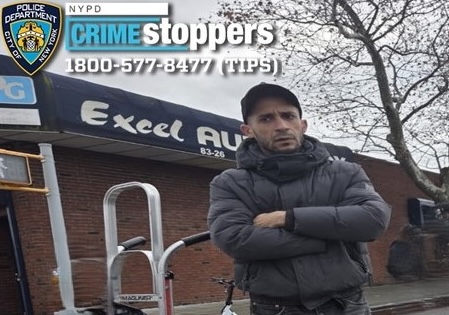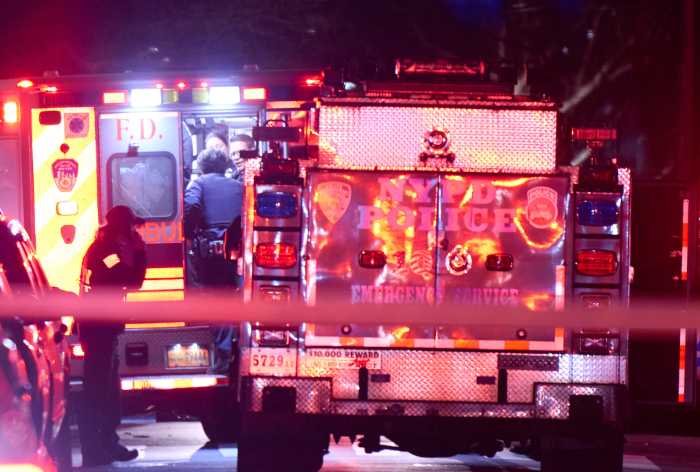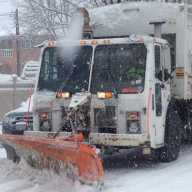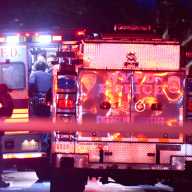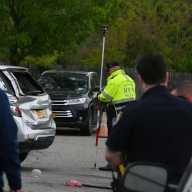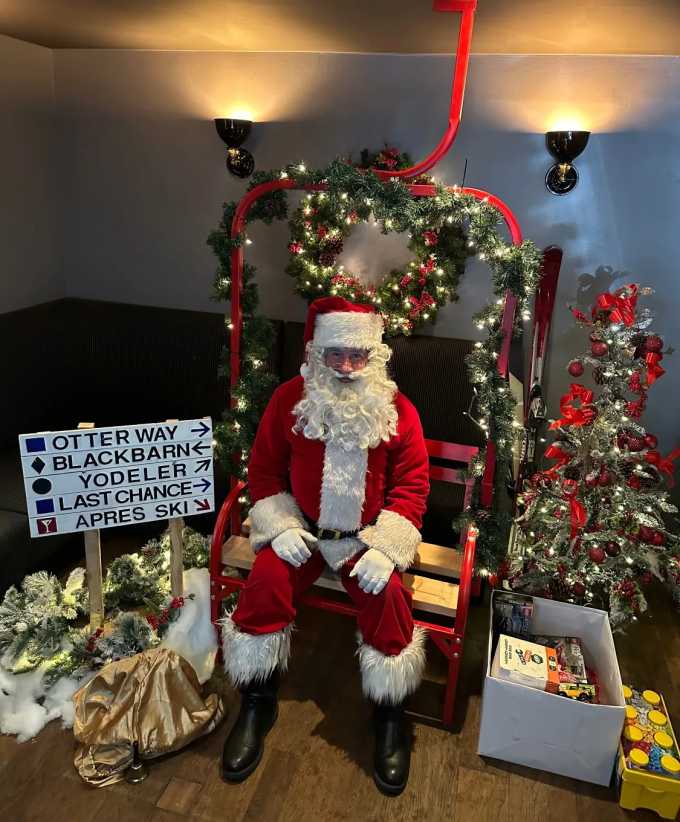By Sarina Trangle
Friends of the QueensWay’s plan to construct a park hinges on just 3.5 miles of railway, but the controversy around those tracks has reverberated much farther.
Proponents of transforming the abandoned Rockaway Beach branch of the Long Island Rail Road into a green strip modeled after the High Line in Manhattan gathered Monday in Metropolitan Expeditionary Learning School’s cafeteria to discuss details of the proposal.
Beyond concerns about the QueensWay driving up traffic, eating into parking spaces and infringing on the privacy of backyards, the group heard from those calling for the reactivation of the LIRR line, who came armed with posters and leaflets.
With financing from a national non-profit called The Trust for Public Land, Friends of the QueensWay hired consultants to study the feasibility of turning the tracks stretching from Ozone Park to Rego Park into a pedestrian and biking path buffered by parkland.
After soliciting feedback during two workshops this month, Adam Lubinsky, principal with WXY Architecture and Urban Design, said the group planned to put forth designs plans with financing ideas in June.
“Within a mile, you’ve got a quarter of a million people, so it’s really a big opportunity to give people access to open space,” he said.
Lubinsky described several path layouts — some with separate paths for bikers and pedestrians, others shared — and various park components, from pavilions to dog runs, up for consideration.
Attendees, who broke up into groups to share their vision for the railway, used stickers to illustrate their preferences for path configurations and amenities on large maps.
Lou and Jana Richman, of Forest Hills, said they thought the linear park would provide some continuity to nearby neighborhoods and give the borough a more cohesive identity.
“I’m concerned about the southern area,” said Jana Richman. “The population is very dense and there are no parks. Unfortunately, the kids don’t have backyards.”
But the QueensWay mock-ups did not include a 200-slot parking lot that Sue Kasten said her Glendale co-op, at 90-60 Union Tnpk. near QueensWay, relies on.
“What do you do with 200 cars?” she said. “And the children walk on a bridge from the co-op to PS 113. What will happen to the bridge?”
Charles Favreau, also a Forest Hills resident, said he was dismayed neighbors would write off reactivating the LIRR line as the Rockaways continues to reel from Superstorm Sandy.
“For us to take land that could be used for civic use and put it to cardio use — I am appalled,” Favreau said.
Phil McManus, founder of the Queens Public Transportation Committee, which is pushing to reincarnate the railway, distributed fliers noting that the city still owns the tracks and the right-of-way is intact. The committee believes southern Queens needs the railway, particularly for economic development, but would accept a park surrounding the tracks.
The Friends of the QueensWay, which has not released any financial information on its plans yet, handed out a memo describing the committee’s push as futile.
More than a dozen years after the line closed in 1962, the Port Authority determined spending $475 million reactivating the railroad was too costly. Today that would amount to $4 billion, according to Friends of the QueensWay’s estimates.
City Councilwoman Karen Koslowitz (D-Forest Hills) opposes reactivating the LIRR branch because nearby constituents would encounter noise, vibrations and other quality-of-life issues, her office said. She does not yet have a position on the park proposal.
Her colleagues, Council members Elizabeth Crowley (D-Middle Village) and Eric Ulrich (R-Ozone Park), have also stayed quiet on the matter.
Crowley’s office declined to comment, and Ulrich’s chief of staff Rudy Giuliani said the councilman is waiting for firm financial details to consider either proposal.
“He doesn’t think anything is going to happen in his term,” Giuliani said.
Reach reporter Sarina Trangle at 718-260-4546 or by e-mail at strangle@cnglocal.com.

